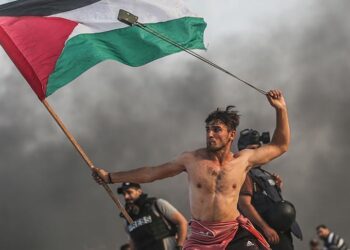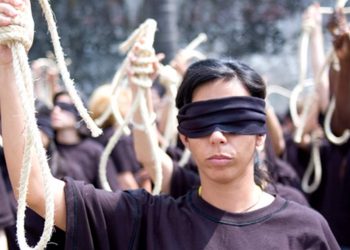Human Lives Human Rights: More than a week after the Operation Al-Aqsa storm, the Israeli regime has persisted in targeting the Gaza region with airstrikes. Two crucial points can be considered in this context.
First, the Israeli Air Force’s attacks on the Gaza Strip are disproportionate to the attacks carried out by the resistance forces on the occupied territories. Hamas and Islamic Jihad utilized missiles with a range of 250 km, suicide drones, paragliders, gyrocopter commando forces, and infantry partisan forces during the Operation Al-Aqsa storm.
On the other hand, the Israeli Air Force has bombarded the Gaza area using its advanced F-15 Eagle and F-16 Falcon fighters. Therefore, the scale of this aerial assault is disproportionate to the capabilities of the Palestinian resistance forces in the occupied territories. In reality, it can be argued that Israel lacks the courage to engage in a fair fight with the Palestinian resistance.
The second point is that Israel lacks precise knowledge of the potential challenges they would encounter in a ground attack on Gaza. As a result, Israel’s military intelligence services do not have an accurate assessment of the capabilities and ground structure of the resistance front in the Gaza battlefield. Essentially, Israel is uncertain about the defensive measures it would confront from the Palestinian resistance at the forefront of its battle zone in Gaza.
These measures may involve the resistance leveraging the environmental and natural conditions of the Gaza region. This could include setting up defensive traps such as launching ground-to-ground missiles, carrying out surprise attacks by Hamas commandos, deploying snipers and suicide drones, all of which could be orchestrated from Hamas’ underground bases and tunnels.
Overall, a combination of these factors has led the Israeli regime’s leaders to hesitate in launching a ground attack on Gaza, opting instead to persist with disproportionate air strikes in the region. This situation gains significance when considering that the Palestinian resistance lacks armored units or heavy artillery comparable to the Israeli army. Consequently, the ground warfare between the two sides is inherently unequal.

















